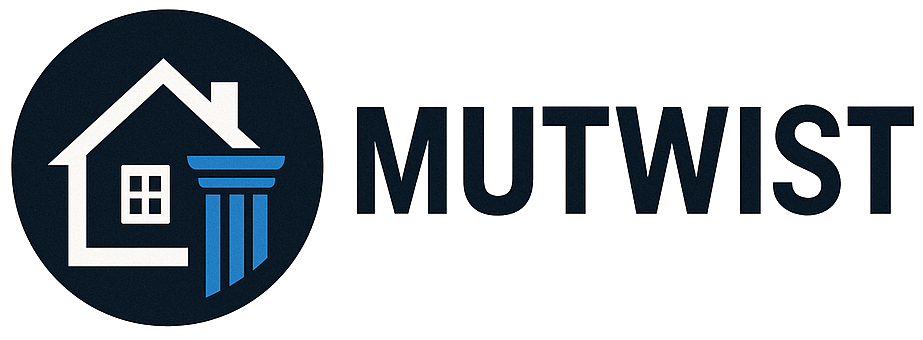As the European Union brings crypto-assets under formal regulation with the Markets in Crypto-Assets Regulation (MiCAR), regulators are sharpening their focus on conflicts of interest within the crypto ecosystem. A key area of concern recently highlighted by the European Securities and Markets Authority (ESMA) is the practice of portfolio mixing by Crypto-Asset Service Providers (CASPs) — a practice that blurs the lines between customer and proprietary assets, creating serious risks to market integrity and investor protection.
This article analyzes ESMA’s latest guidance on conflicts of interest arising from crypto portfolio mixing, explains its regulatory implications under MiCAR, and offers practical recommendations for CASPs to ensure compliance and safeguard client trust.
What Is a CASP?
Under MiCAR, a Crypto-Asset Service Provider (CASP) is any firm offering services related to crypto-assets within the EU, including:
Operating a trading platform
Providing custody and administration
Exchanging crypto-assets for fiat or other crypto-assets
Executing orders on behalf of clients
Offering portfolio management or investment advice on crypto-assets
MiCAR imposes strict requirements on CASPs related to capital adequacy, organizational structure, and conduct of business, modeled after similar frameworks in traditional finance. A central obligation is the identification and mitigation of conflicts of interest, especially when client interests might be compromised by CASP activities.
ESMA’s Warning on Portfolio Mixing
In a March 2024 consultation paper and follow-up statements, ESMA raised serious concerns about the practice by some CASPs of mixing client crypto-assets with proprietary holdings or pooling different client portfolios into a single account or wallet.
Key Concerns:
Conflict of Interest:
When a CASP manages both client assets and its own holdings in the same portfolio or wallet, it may prioritize its interests (e.g., executing profitable trades for itself ahead of clients).
Custodial Risk:
Co-mingling increases the risk that client assets will be lost, misused, or claimed by creditors in the event of insolvency.
Lack of Transparency:
Clients may be unaware that their assets are pooled with others’, undermining trust and impairing their ability to assess risk.
Impaired Recovery:
In a crisis or liquidation scenario, it becomes harder to trace and recover individual customer holdings, leading to extended delays or reduced recoveries.
MiCAR and Conflict of Interest Rules
MiCAR imposes strict rules on CASPs to prevent and manage conflicts of interest. Article 31 of MiCAR (for crypto portfolio management and advice) and Article 45 (general conduct obligations) require CASPs to:
Act honestly, fairly, and professionally in the best interest of clients.
Identify and manage conflicts of interest, especially those arising from proprietary trading or asset custody.
Maintain effective organizational and administrative arrangements to prevent conflicts from adversely affecting clients.
ESMA considers crypto portfolio mixing as incompatible with these principles unless robust segregation, transparency, and safeguards are implemented.
Segregation Obligations Under MiCAR
MiCAR mandates that client crypto-assets be:
Clearly identifiable and segregated from CASP assets
Held in individualized wallets or custody accounts
Reconciled regularly to verify asset accuracy
Protected by internal controls and risk mitigation measures
Failure to maintain segregation can lead to administrative sanctions, license suspension, or even criminal liability in cases of misappropriation or fraud.
Best Practices for CASPs: Avoiding Conflict Through Structural Separation
To align with ESMA’s expectations, CASPs should adopt the following risk-mitigation strategies:
- Separate Wallet Infrastructure
Use distinct wallets for each client or, at minimum, separate wallets for client assets and proprietary assets. - Transaction Order Controls
Implement pre-trade and post-trade systems to prevent front-running or self-dealing. - Transparent Disclosure
Clearly inform clients, at onboarding and in regular statements, whether and how their assets are held separately. - Independent Governance
Create internal conflict-of-interest committees or compliance functions to review and approve asset custody and trading structures. - Regular Audits and Reconciliations
Conduct frequent internal and third-party reconciliations to ensure the integrity of asset holdings. - Client Consent
If asset pooling is used (e.g., for staking or liquidity purposes), obtain explicit prior consent and provide clients with opt-out options.
Implications for CASP Authorization and Supervision
MiCAR introduces a passporting regime, where CASPs licensed in one Member State can operate across the EU. However, national competent authorities (NCAs), under ESMA’s coordination, will scrutinize:
Business models involving proprietary trading
Custody practices, especially wallet architecture and recovery plans
Operational risk controls, including anti-commingling policies
CASPs applying for authorization must present detailed documentation demonstrating how they segregate client assets, avoid conflicts, and meet custody standards.
The Path Ahead: Harmonized EU Oversight
ESMA’s position on crypto portfolio mixing signals a move toward greater harmonization and professionalism in crypto asset services. In 2025 and beyond, we can expect:
Supervisory convergence across EU Member States, driven by ESMA guidance and peer reviews
Tighter scrutiny of hybrid models, where CASPs act as both custodians and trading platforms
Ongoing updates to technical standards (RTS) to detail custody requirements and conflict management procedures
Conclusion
The ESMA warning on crypto portfolio mixing is a wake-up call for CASPs operating in or entering the EU market. As MiCAR ushers in a new regulatory era, conflict-of-interest management and asset segregation are no longer optional — they are foundational to maintaining a license, ensuring customer protection, and building sustainable credibility in the financial system.
Firms that fail to act face reputational damage, regulatory penalties, and client attrition. Those that embrace clear, transparent, and structurally sound governance practices will lead the next generation of trusted crypto intermediaries in Europe.




